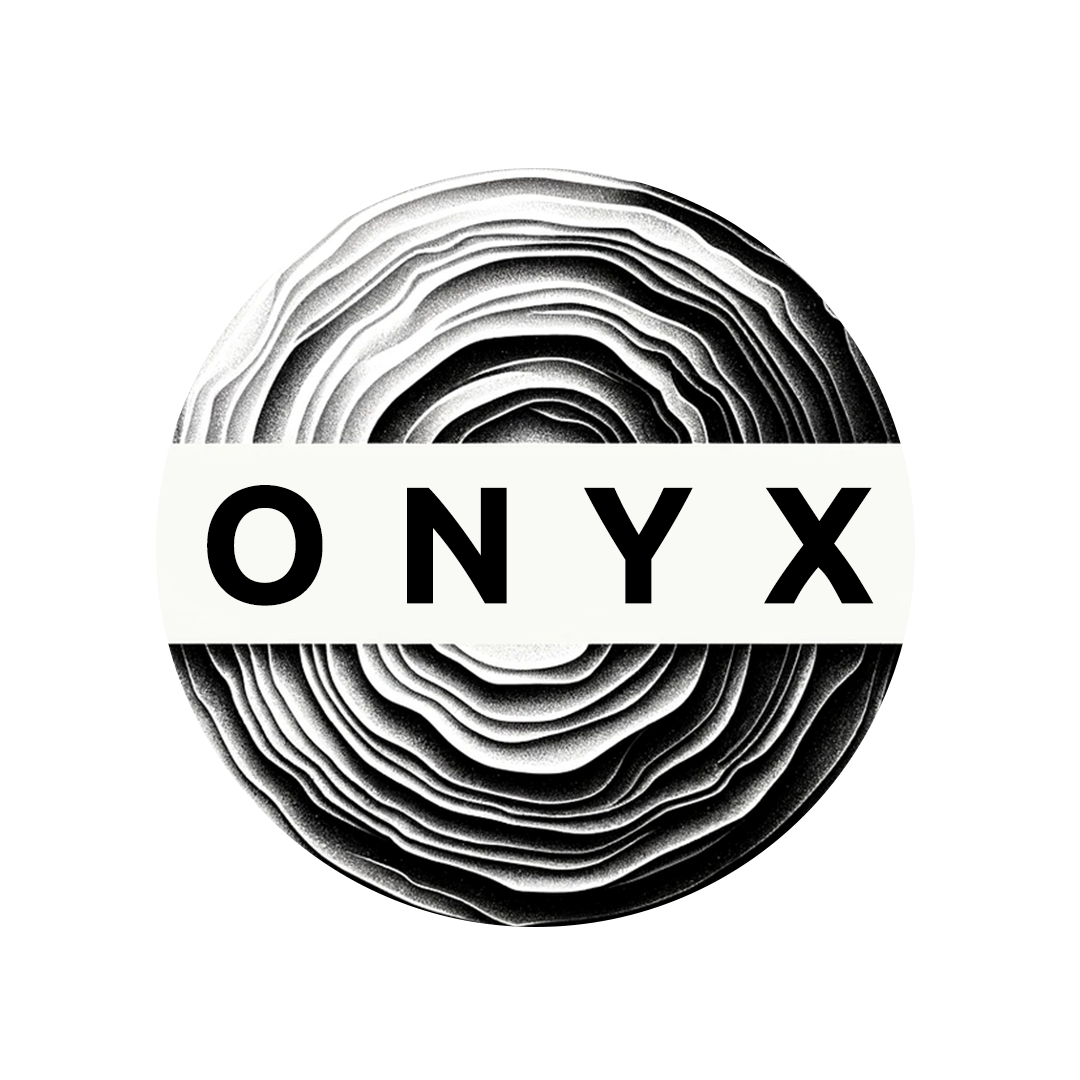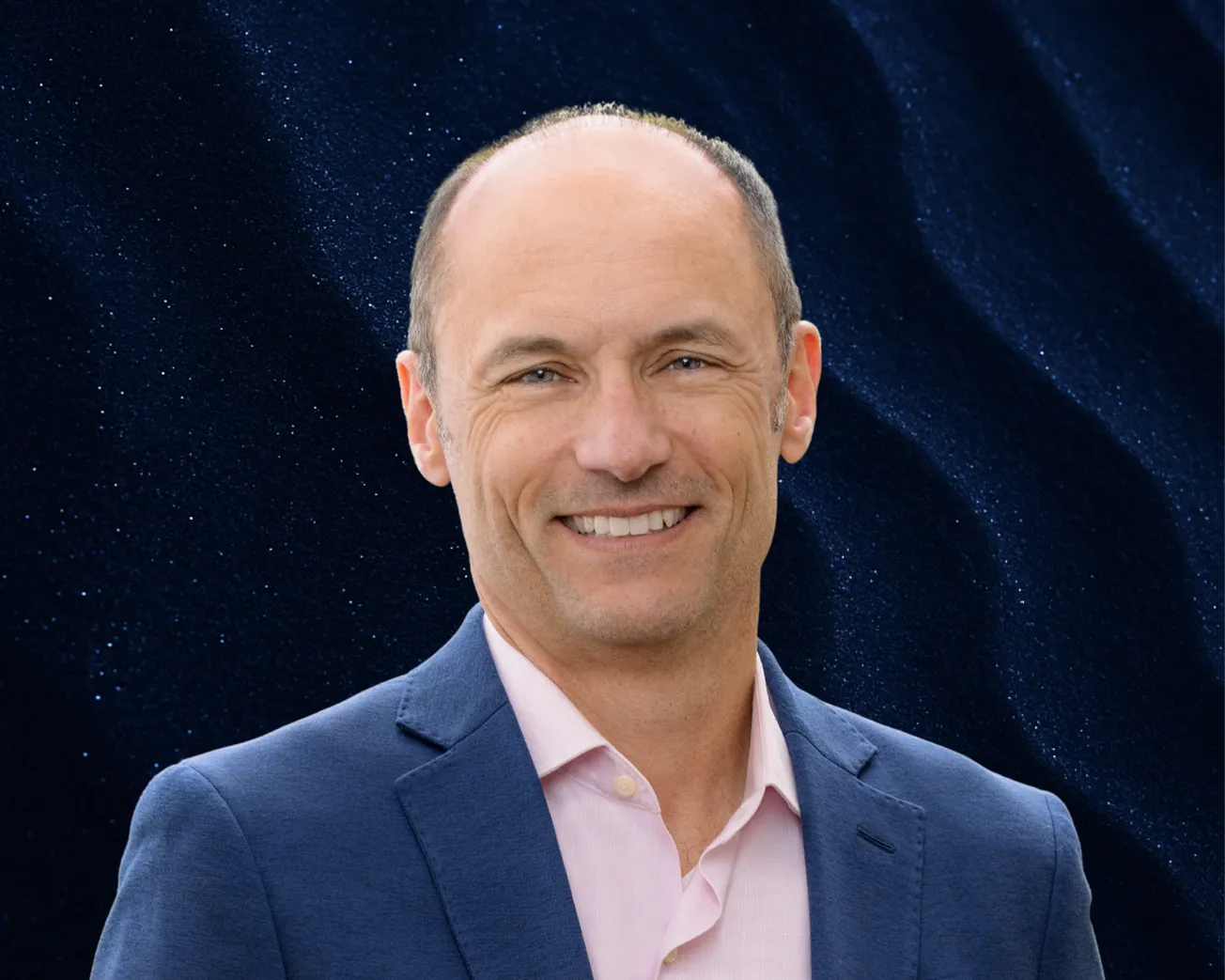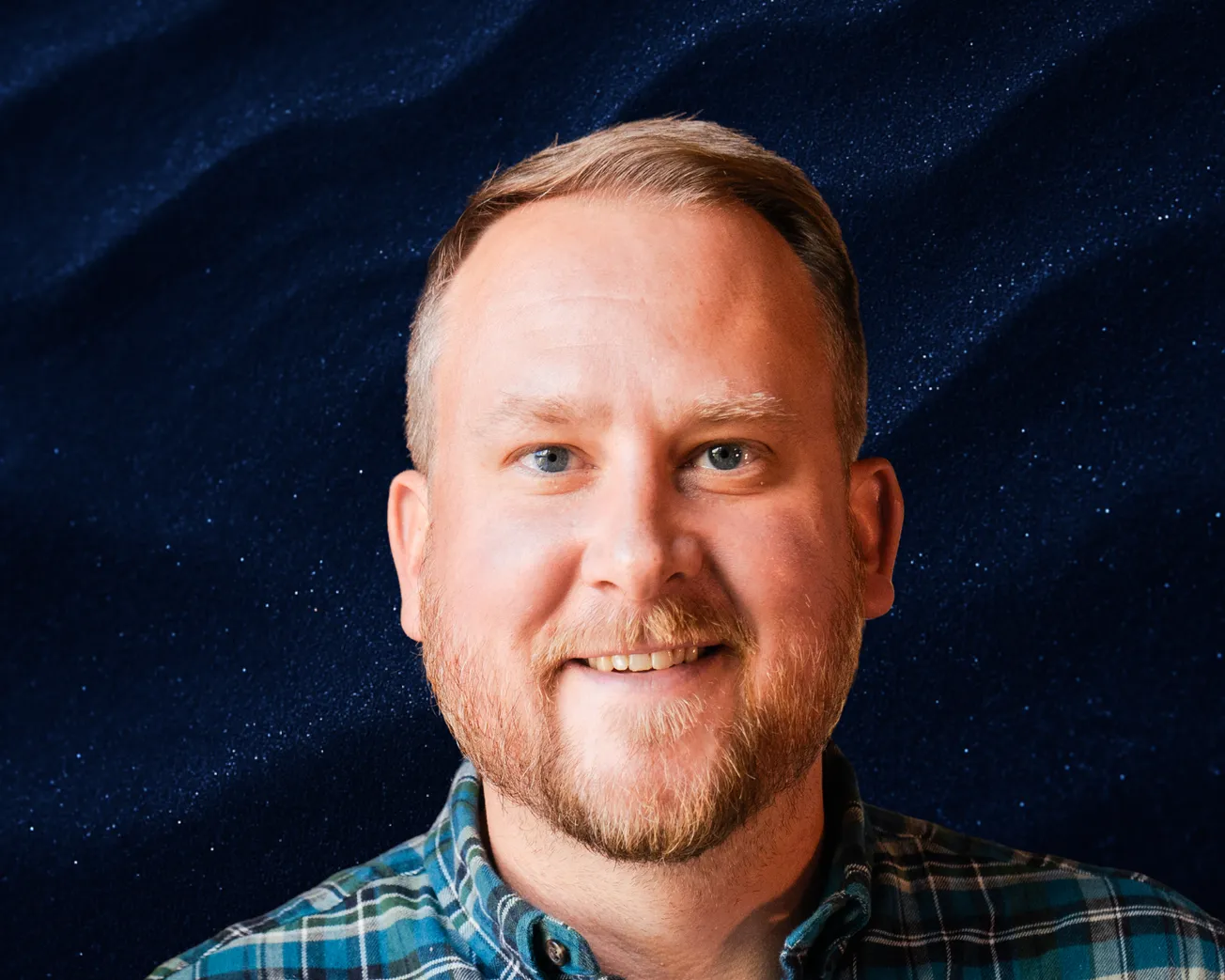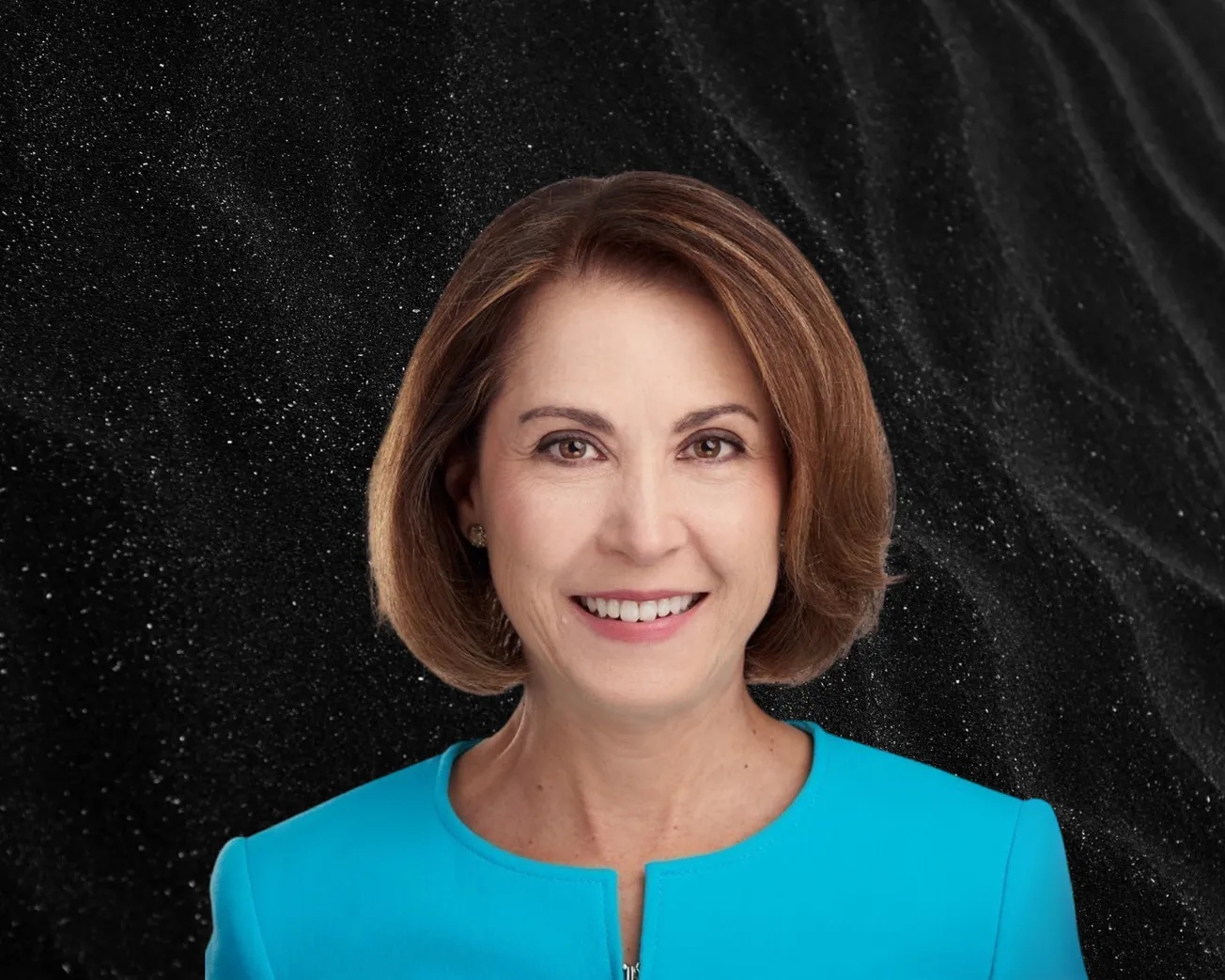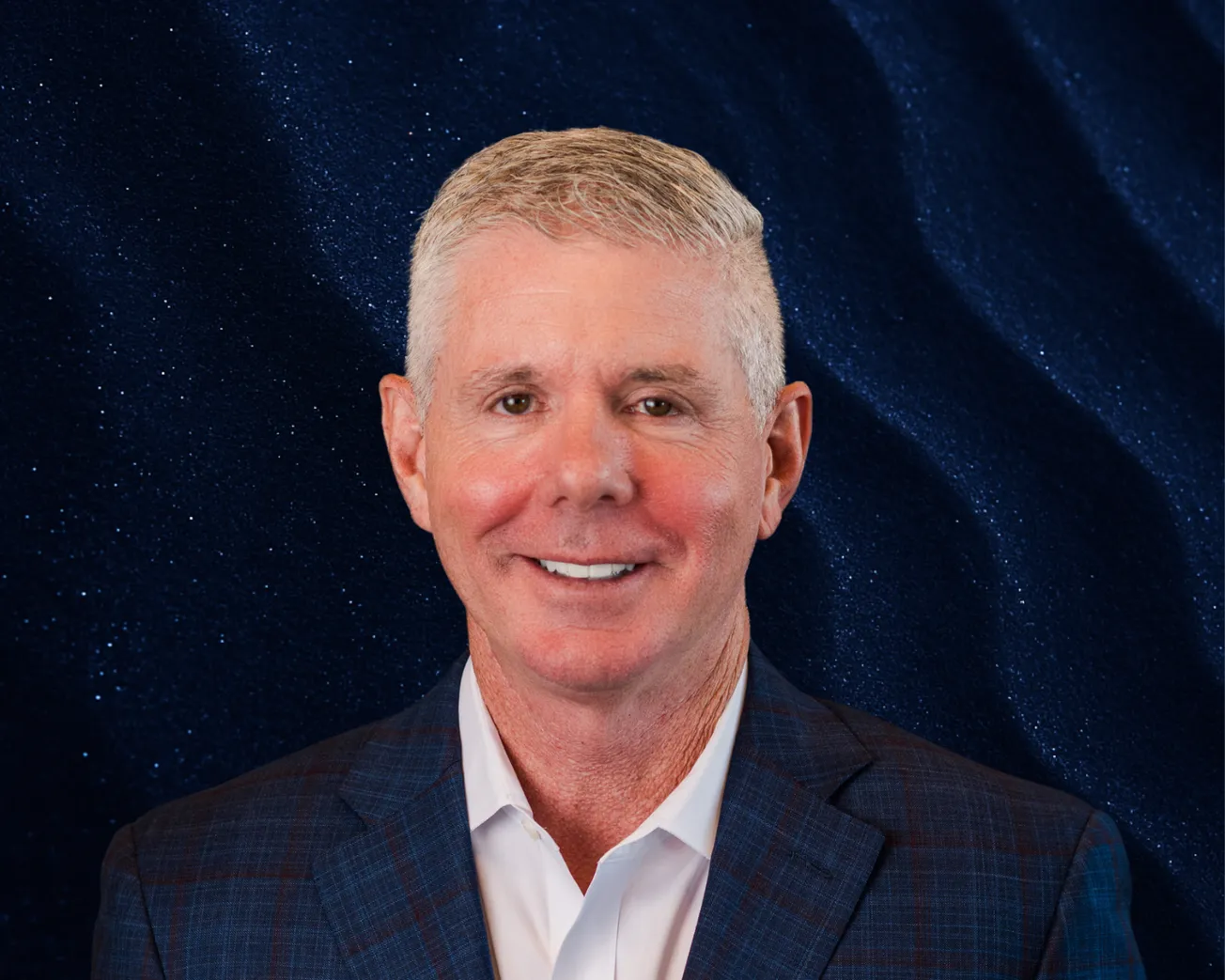Table of Contents
Tristan Grimbert, CEO of EDF power solutions, sat down with Onyx for a feature-length interview.
Could you walk us through your career so far - what led you to become President and CEO of EDF power solutions?
Yes, indeed, I graduated with an engineering degree in Food Science and Biology from AgroParisTech in Paris, then specialized in business with a management degree from Insead. I started in sales consulting, and at just 30 years old, I became CEO of a struggling high-tech company called Mensi, doing 3D scanning and modeling software that EDF acquired. We were a small team of just seven people, and all we had was a prototype.
We made that prototype into a market-ready product, grew the company, and, eventually, sold it to Trimble Navigation, which is a leader in surveying equipment. Then, about 20 years ago, EDF called me and asked me to run what was, then, one of the oldest wind companies in California, and help it grow. That company evolved into what we now know as EDF power solutions North America.
So, for the past two decades, I’ve held pretty much the same title, just with different company names along the way. The company has experienced exciting growth across the U.S., Canada and Mexico. We expanded into solar; pumped storage; hydrogen; EV charging; both behind-the-meter and front-of-the-meter. We’ve built a business model that serves everyone from large utilities to small customers.
What differentiates EDF power solutions from competitors? How do you stay competitive?
As for a lot of companies, the key advantage really comes down to our expertise. The core team has been here for a long time. We’ve navigated a lot of ups and downs in the North American market, and we’ve got a lot of skills in-house.
But also, there’s the diversity and comprehensiveness of our portfolio. Right now, the U.S. is really tough; but Canada is thriving. We’ve seen significant growth in solar and batteries; and now, we’re diving into new ventures, like green hydrogen, that seem to be developing strongly. Being able to catch different markets at different times is incredibly important.
The third thing is the long-term view. I might be one of the longest-serving CEOs in the industry, but it’s not just about my tenure. EDF has a long-term view. Here, the team has a long-term perspective about doing the right thing for the future. We’re driven by long-term results, and that’s a freedom and a luxury that some of my peers might envy. Because, sometimes, you’re stuck with handling short-term goals, which can limit the best solutions.
So, to sum it up, I’d say that the key differentiators are the team; our portfolio’s diversity; keeping a long-term perspective; and the culture of the company, in general.
What impact have inflation and supply chain challenges had on your project economics, and how are you mitigating them?
It’s had a tremendous impact! We call it the post-COVID storm. While it’s not entirely due to COVID, but, between inflation; the increase in the cost of money in the U.S.; all the trade barriers; tariffs, etc., it’s been really hard to deliver fixed-price products especially when you’ve got long project lifecycles.
Development cycles have stretched out considerably. Interconnection to the grid can take anywhere from five to fifteen years. So, if you’re offering a fixed price, you’re exposed to variations in cost for a long time. Plus, the interconnection costs themselves are quite high.
That has led us to what we call our ‘flight to quality’. It means being much more selective about the type of contracts we sign and the markets we serve.
We’ve also focusing on risk sharing and indexation on our contracts. We don’t want the customer, or ourselves, to be tied into something that we don’t want to build. It took time to establish this approach, and while some peers were saying: “You’re doing the right thing,” they felt they couldn’t afford to follow suit. It was hard, because we lost market share. As a developer, it’s really hard to not just go and build anyway. But, given the volatility since President Trump introduced the tariffs, this has now become standard.
So, yes, lifecycles are longer; volatility is greater; and we need to exercise much more discipline.
What effect has the U.S. Inflation Reduction Act had on EDF’s North American economics?
The Inflation Reduction Act was a big boost. More importantly, it was a long-term vision for support. Of course, it was welcome - we believe we need to move towards a carbon-free economy, and this gave us much-needed certainty.
Now, the reconciliation bill - known as ‘One Big Beautiful Bill Act’ - shortened subsidies quite severely. Still, we avoided retroactive impacts, which was the big fear. Projects that were already contracted weren’t affected, so while it was a tough blow, we’ll manage! However, it is disheartening to see that these policies will lead to increased electricity prices for all Americans.
Right now, the important thing is to preserve a level playing field. Let everybody compete without turning it into a political battleground. The U.S. faces a great challenge: load is growing. Data centers, electrification and reindustrialization have all meant that demand is soaring. Some utilities are talking about doubling, or tripling, generation in five to ten years. What took a century to achieve, they’ll have to double, or triple, in a decade!
The U.S. can’t afford ideological battles between technologies. Renewables can be deployed fast. In the U.S., the motivation is load growth; in Europe, it’s climate. Regardless, the solution is clear: we need more renewables, and we need them now!
What role will digital technologies and AI play?
A tremendous role. The AI revolution isn’t just about electricity load growth. It’s going to change our lives, full stop.
We already see applications improving yield in solar, wind and batteries. However, it’s easy to overspend in this area - digital budgets disappear incredibly quickly. The key is close cooperation between business lines and IT. When both sides are aligned, it works.
Data centers are another angle. Today, computing power is so expensive that it’s four times more profitable to run everything at full capacity than to save electricity. But as chips become cheaper, data centers could become a major tool for demand response - shifting computing loads across time zones; balancing the grid; and helping to integrate more intermittent renewables. Not so much in the short term, but in the medium term, it’s a tremendous opportunity!
What does sustainability mean for EDF power solutions? How is it embedded?
For us, sustainability is at the core of what we do. The name change from EDF Renewables to EDF power solutions wasn’t about American politics; it was an internal reorganization. We merged renewables with the international business line, which broadened our scope to include solar, offshore wind, batteries, pumped storage, hydrogen, some thermal, and transmission. While nuclear and trading aren’t within that scope, it’s still very large. The name EDF power solutions better represents our ambition.
Globally, EDF is committed to achieving net zero. In North America, since 2021, we’ve tracked our carbon footprint across Scopes 1, 2 and 3. We’re working with suppliers on lifecycle assessments, and our ambition is to achieve 100% recycling of wind turbines and solar panels. We’re not there yet, but we’ve signed contracts, and we’re grinding away - systematically looking at every piece of equipment to reduce our footprint, reuse, and recycle.
We joined EV100 in 2017 which seeks to accelerate the transition to electric vehicles, and we’re progressively converting our service fleet. It’s not always easy, as our trucks are specialized, but we’re doing it! At our San Diego HQ, about a third of employees drive EVs and. we have extensive charging infrastructure. And our subsidiary, PowerFlex is dedicated to optimizing charging at scale.
I’ve always said: EVs are batteries on wheels. As a solar and wind guy, I create intermittency on the grid. Step one is to ‘do no harm’ by encouraging smooth charging, and avoiding scenarios where 100 cars plug in at 8 a.m., creating huge demand spikes. Step two, which we’re piloting, is vehicle-to-grid (V2G) technology. The framework isn’t fully ready, but it’s coming. I’ve been driving EVs for years, and I love them! They’ll be an instrument for managing a low-carbon grid.
How do you balance rapid scaling with protecting ecosystems and local communities?
We’ve been in this business for 40 years, and finding that balance is critical. You cannot build in a community that doesn’t want you there. It takes years of dialogue to discuss what the project will look like, the benefits, and the drawbacks – because nothing comes without trade-offs...
We do extensive biological surveys and mitigation efforts. For example, in California, if you disturb one acre of desert tortoise habitat, you must preserve around three acres in perpetuity. So, I sometimes say - half jokingly - that if the desert tortoise survives, it might be because of the solar industry!
Another example: we built a wind project before the California condor was reintroduced. We helped to co-fund their reintroduction; paid for 24/7 monitoring; and turbines shut down when condors approach. There’s never been an incident. It costs money, but it has helped to save a species.
Looking ahead, how do you see EDF power solutions’ role evolving over the next decade?
We’ll need even more diversity of technologies. While solar has grown, its intermittency means we need creative solutions. Storage will also grow, especially with advancements in battery technology and pumped hydro. We haven’t yet built a new pumped storage project in the U.S., but that’s one of our goals.
Load management will matter too: EV management and demand response. We might also explore thermal solutions to better respond to seasonal heating and cooling needs. It’s not just minute-by-minute intermittency, we need to consider seasonal swings as well.
The volatility in this sector is high, but that’s the game. It reminds me of our tagline: ‘Electricity Designed for the Future’. That’s what we’re trying to do all the time!
If you had one piece of advice for a future renewable executive, what would it be?
Be determined and enjoy the impact you can create. Our sector is very tough and competitive. It changes all the time; there’s never a dull moment. You need persistence, but it’s highly motivating. What better motivation than preserving a livable planet for our kids?
